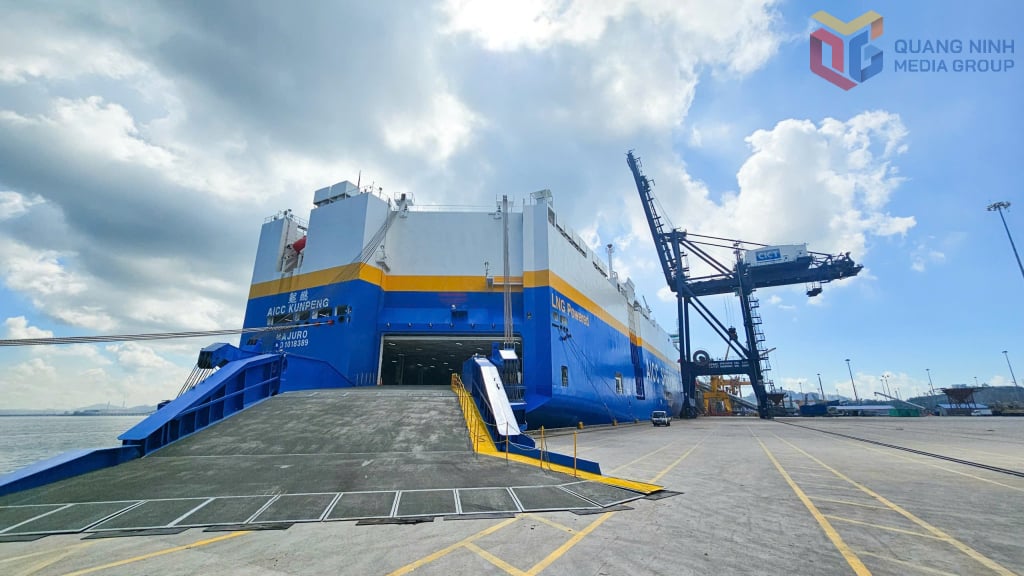
Currently, there are 2 units operating and managing the wharf at Cai Lan Port, which are Quang Ninh Port Joint Stock Company and Cai Lan International Container Terminal Company Limited (abbreviated as CICT). Of which, CICT is managing and operating wharfs 2, 3 and 4. The total area of the port is 17.9 hectares and the wharf is designed to receive Vietnamese and foreign ships with a capacity of up to 69,000 DWT for container cargo; Vietnamese and foreign ships with a capacity of up to 85,000 DWT carrying bulk cargo (except coal, cement, clinker); liquid bulk cargo ships (vegetable oil, glycerin) with a capacity of up to 50,000 DWT. Quang Ninh Port Company is simultaneously operating 5 wharves with drafts from 8.5m to 11.5m, the unit has favorable conditions to receive ships and barges with a load capacity of 2,500-85,000DWT.
However, the sedimentation has reduced the depth of the channel, significantly affecting both business units at Cai Lan port. According to the announcement of the Vietnam Maritime Administration in September 2024, the channel section from the B12 petroleum port to the upstream wharf No. 2 of Cai Lan port has a depth of 8.8m, the channel section from the upstream wharf No. 2 to the end of wharf No. 1 of Cai Lan port has a depth of only 8.2m, the turning area is 8.3m (design standard is 10m). Alarmingly, after one year, the sedimentation has caused the depth and turning area to continue to decrease. Specifically, by September 2025, according to the announcement of the Vietnam Maritime Administration, the channel section from Hon Mot to the B12 petroleum port has a shallow strip with a depth of 9.4m, the widest area encroaches on the channel by about 15m; From Petroleum Port 12 to upstream of Terminal 2, there is a shallow strip with a depth of 8.7m, the widest area encroaches on the channel by about 38m. The turning area in front of Terminals 5, 6, 7 of Cai Lan Port has a depth of 7.9m. This parameter shows that the sedimentation has caused the depth of the turning area to continue to decrease by 0.4m compared to September 2024 and 2.1m compared to the design standard, causing difficulties for large tonnage ships to enter and exit. This is an alarming figure for a port that is oriented to receive ships over 50,000DWT.
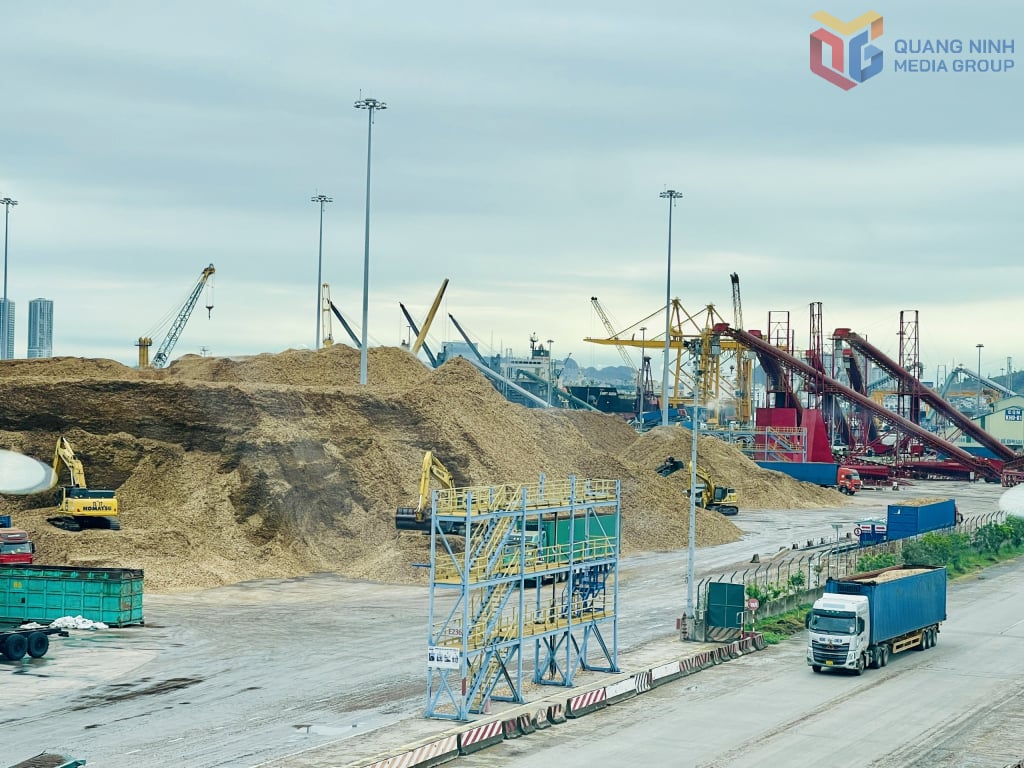
In recent years, the reality of exploitation shows that the ships docking at Cai Lan port are mainly wood chip ships and agricultural ships with large tonnage (average 50,000 DWT or more). When the channel into the port meets the design standard of 10m, ships can dock directly to load cargo, without having to wait for the tide. However, in recent years, when the channel depth is silted up, ships have to wait until high tide for agricultural ships to dock, and wood chip ships to leave the pier. This significantly affects the port's exploitation plan, disrupts the ship's schedule and the progress of cargo delivery of the shipper. Many ships over 50,000 DWT cannot safely enter and exit the port, many trips are forced to reduce load or switch to using smaller ships, reducing exploitation efficiency. For ships still docking at the wharf, the process of entering and exiting often depends on the tide, prolonging the time of delivery and incurring large costs for shipowners and cargo owners, directly affecting the competitiveness of the port. In particular, due to the silting situation, some large ships tend to switch to handling cargo outside the anchorage area, where handling costs are lower than onshore, significantly reducing the volume of cargo handled at CICT's wharf.
Shipping agents added that the ships have to wait for the tide, on average, it takes an extra day, even 2-3 days. This inconvenience has increased the average cost of waiting for ships by 12,000-18,000 USD/day. Many customers and ship owners have complained about this problem and said that if this situation is not resolved soon, they may bring their goods to other ports, including the Central region. This can have a direct consequence of reducing the unloading output at the wharf, especially for large ships which are the core customers that generate revenue and competitive position of Cai Lan Port.

It is known that the last time the Hon Gai - Cai Lan channel was dredged was in 2019, bringing the depth to about -9.9m, and since then, the Hon Gai - Cai Lan channel has not been dredged again. Although the maintenance dredging project has been included in the annual plan by the Vietnam Maritime Administration, it has not been implemented yet due to problems in determining and approving the location for dumping dredged material.
Mr. Nguyen Thanh Long, General Director of CICT, emphasized: To ensure the infrastructure of maritime routes and increase the competitiveness of the province's seaport system, the Provincial People's Committee is requested to create conditions and select a more suitable and closer dumping site so that the dredging of the Hon Gai - Cai Lan channel can be implemented soon, ensuring that ships entering and exiting the Hon Gai - Cai Lan maritime route area are quick, convenient and safe, contributing to the economic and social development of the locality.
Maintaining smooth shipping lanes not only serves port businesses, but also impacts the national supply chain of agricultural products and animal feed as well as import-export, logistics and trade services through the Quang Ninh coastal economic corridor. If the delay in dredging continues, the risk of losing market share to neighboring ports will be inevitable in the context of increasingly fierce competition for seaports, directly affecting the province's economic growth.
Source: https://baoquangninh.vn/can-khan-truong-nao-vet-luong-cang-cai-lan-3383071.html



![[Photo] Opening of the 14th Conference of the 13th Party Central Committee](https://vphoto.vietnam.vn/thumb/1200x675/vietnam/resource/IMAGE/2025/11/05/1762310995216_a5-bnd-5742-5255-jpg.webp)




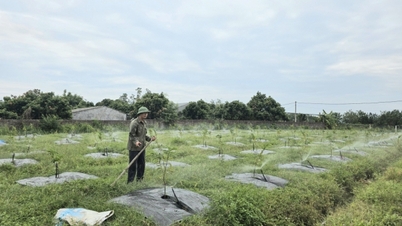


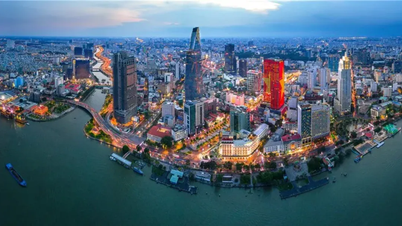






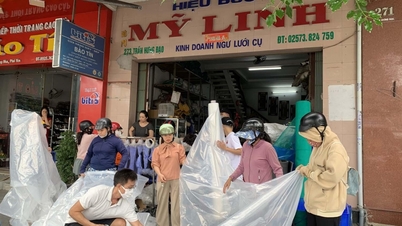



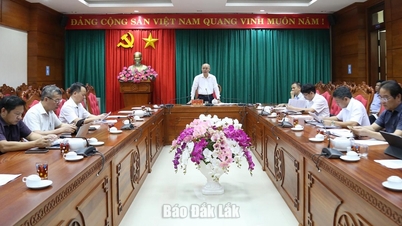













![[Photo] Panorama of the Patriotic Emulation Congress of Nhan Dan Newspaper for the period 2025-2030](https://vphoto.vietnam.vn/thumb/1200x675/vietnam/resource/IMAGE/2025/11/04/1762252775462_ndo_br_dhthiduayeuncbaond-6125-jpg.webp)





































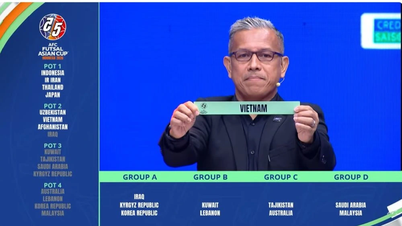














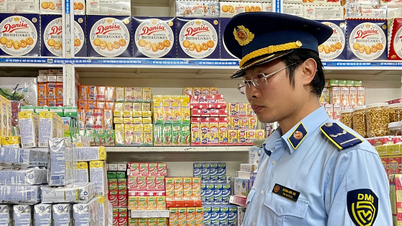


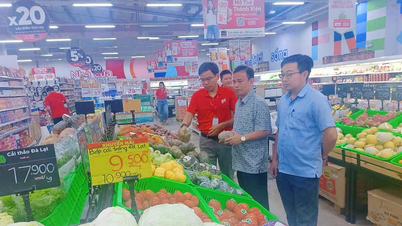


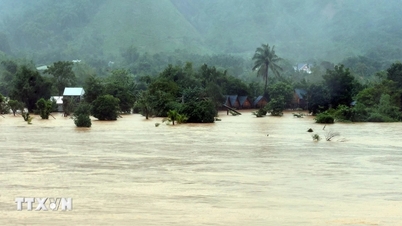
















Comment (0)